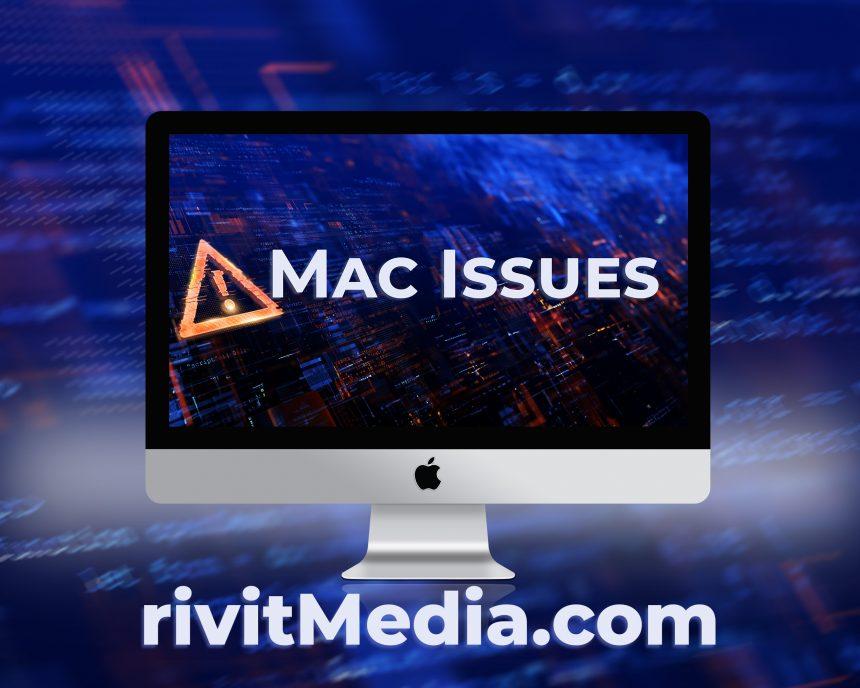In the realm of cybersecurity, the emergence of Trojan-Proxy malware has cast a shadow over macOS devices, posing significant risks to users seeking pirated software. This insidious threat, capable of infiltrating systems through deceptive means, operates stealthily, compromising user security and privacy. This guide delves into the intricacies of this malware, elucidating its actions, consequences, and imperative measures for mitigation and prevention.
Actions and Consequences
Trojan-Proxy malware, particularly targeting macOS users, capitalizes on rogue websites distributing pirated software. These illicit platforms serve as breeding grounds for trojanized apps, camouflaging themselves as legitimate multimedia, productivity tools, or data recovery software. The counterfeit versions, often disseminated as .PKG installers, carry post-install scripts triggering malicious activities, exploiting user trust in pursuit of pirated content.
Upon infiltration, the malware masquerades as the WindowServer process, evading detection and establishing a covert foothold within macOS systems. The ultimate objective is to unleash the Trojan-Proxy, enabling attackers to operate a network of proxy servers or engage in illicit activities on behalf of victims.
This Trojan variant stealthily communicates with Command-and-Control (C2) servers via DNS-over-HTTPS, awaiting instructions to act as a proxy, redirecting network traffic through the infected host. Its multifaceted capabilities, including covert communication and traffic redirection, pose grave threats to user security.
Similar Threats
Trojan-Proxy’s infiltration tactics and modus operandi bear resemblances to other trojanized malware. Notable examples include Genieo, VSearch, InstallCore, and other adware families, leveraging deceptive distribution channels to compromise system integrity and user privacy.
Removal Guide for Trojan-Proxy
To combat the perils posed by Trojan-Proxy malware, adopt the following comprehensive removal measures:
- Use Reputable Antivirus Software:
- Initiate a thorough system scan using trusted antivirus software to detect and remove the Trojan-Proxy malware and associated artifacts.
- Quarantine or delete detected threats to mitigate their impact.
- Manually Remove Suspicious Applications:
- Navigate to the Applications folder and delete suspicious or pirated software associated with the malware.
- Clear Browsing Data and Reset Settings:
- Clear browser history, cache, and cookies to eliminate any remnants of malicious activity.
- Reset browser settings to default to undo alterations made by the malware.
- Update Operating System and Software:
- Keep macOS and installed applications up-to-date to patch vulnerabilities exploited by malware.
- Exercise Caution and Vigilance:
- Avoid downloading software or files from untrusted sources, especially pirated content.
- Remain cautious while clicking on links or downloading attachments in emails or from unknown websites.
Prevention Practices
To fortify against Trojan-Proxy malware and similar threats, adhere to these proactive cybersecurity practices:
- Install Reputable Security Software:
- Employ trusted antivirus or antimalware software and regularly update its virus definitions.
- Practice Safe Browsing Habits:
- Avoid visiting suspicious or unverified websites and refrain from downloading software from untrusted sources.
- Enable System Updates and Security Patches:
- Keep operating systems and software updated to mitigate vulnerabilities exploited by malware.
- Educate and Raise Awareness:
- Educate users about the risks associated with pirated software and the importance of cautious online behavior.
- Regular Backups:
- Maintain regular backups of important data to minimize the impact of potential malware attacks.
Conclusion
Trojan-Proxy malware represents a formidable cybersecurity threat, exploiting user vulnerabilities in pursuit of pirated software. Vigilance, robust security measures, and informed decision-making are crucial to safeguard against such insidious malware, protecting system integrity and user privacy. By embracing proactive cybersecurity practices and exercising caution, users can fortify their digital defenses and thwart the infiltration of Trojan-Proxy and similar threats on their devices.





